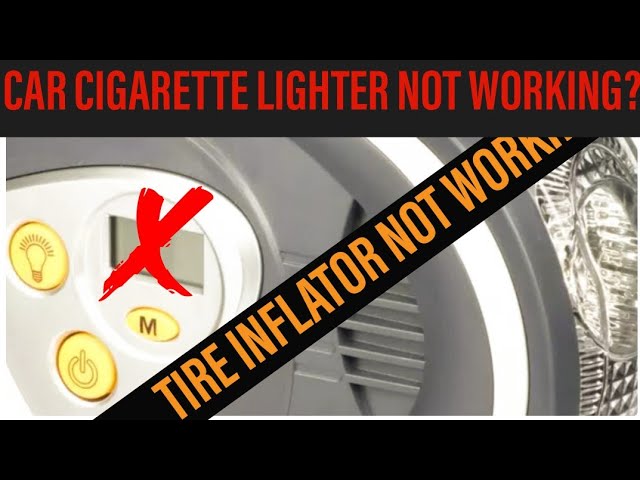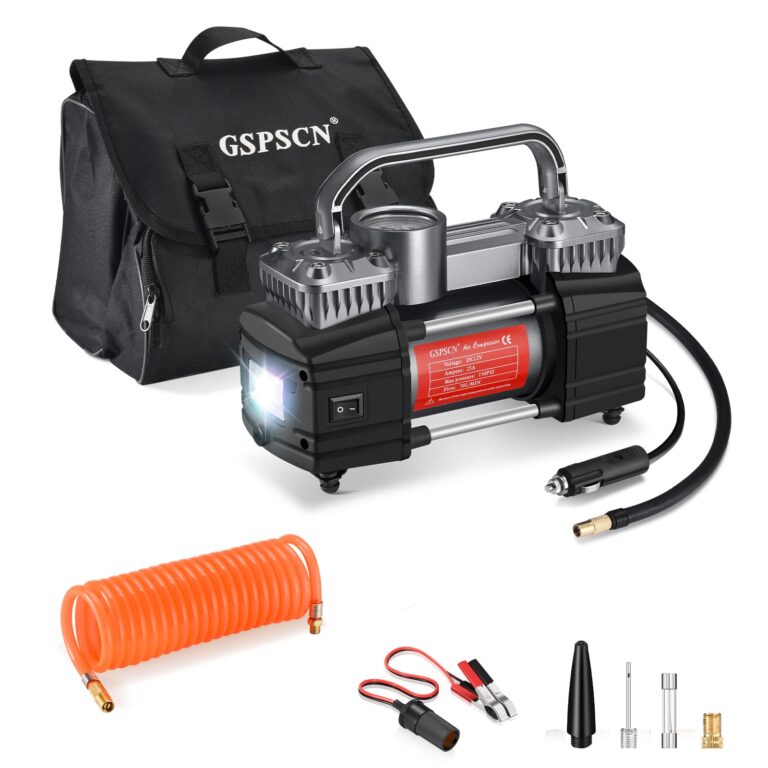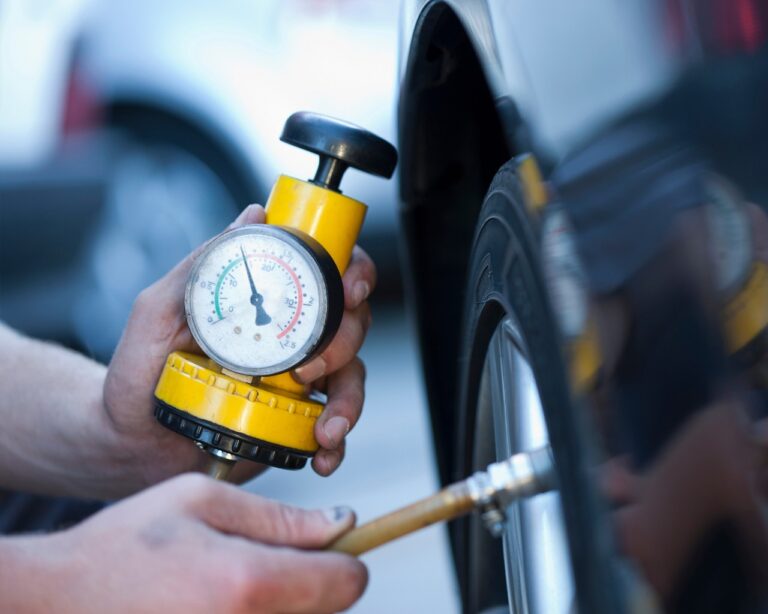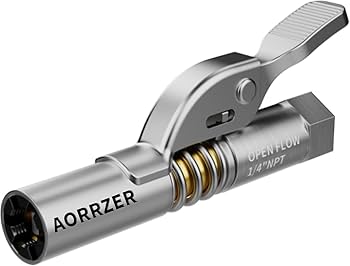Why My Car Tire Won’t Fill With Air
It’s a frustrating scenario: you’re ready to head out, but your car tire won’t fill with air. The compressor runs, but the pressure gauge barely moves. This guide will help you diagnose the problem, offering solutions to get you back on the road quickly. You’ll learn about common causes, troubleshooting steps, and preventative measures to avoid future tire inflation issues. By the end, you’ll have the knowledge to handle a flat tire with confidence.
Identifying the Problem: Why Your Car Tire Won’t Inflate
This section details the various reasons why your car tire might refuse to inflate. We’ll explore potential issues ranging from simple fixes like checking the valve stem to more complex problems requiring professional assistance. Understanding the root cause is crucial for effective troubleshooting.
Valve Stem Issues
The valve stem is a crucial component, allowing air to enter and exit the tire. A damaged or improperly seated valve stem is a common culprit in tire inflation problems.
- Leaking Valve Stem: A small leak in the valve stem can prevent the tire from filling properly. Use soapy water to check for bubbles around the valve stem. If bubbles appear, the valve stem needs replacing. This usually involves using a tire inflation tool, a small amount of tire valve lubricant to create a good seal around the new valve stem and some mechanical skill to replace the valve stem.
- Improperly Seated Valve Core: The valve core is a small pin inside the valve stem that controls air flow. If it’s not properly seated, air will escape. A simple tool can help reseat or replace the core.
Tire Puncture or Hole
A puncture or hole in the tire itself is another common reason for inflation difficulties. A small puncture might allow for some inflation, but air will quickly escape, preventing the tire from reaching the proper pressure.
- Visual Inspection: Carefully inspect the entire tire for any visible punctures, cuts, or embedded objects. Look closely, especially along the sidewalls and tread.
- Professional Repair: If you find a puncture, you might need professional assistance for a patch or plug repair, depending on its severity and location on the tire. Punctures in the sidewall are typically not repairable.
Faulty Tire Pressure Monitoring System (TPMS)
Some vehicles use Tire Pressure Monitoring Systems to warn you about low pressure. While a faulty TPMS sensor won’t prevent inflation, it might cause inaccurate readings or prevent warnings.
- Sensor Battery: Some TPMS sensors have batteries that can eventually die. Replacement might be needed.
- Sensor Malfunction: Sensors can sometimes malfunction and provide false readings. A mechanic can diagnose issues with the sensor.
Troubleshooting Your Car Tire
This section provides a step-by-step guide to troubleshooting your flat tire and identifying the cause of the inflation problem.
Checking the Obvious
Before diving into complex issues, always begin with the basics.
- Check the air compressor: Ensure it’s plugged in properly and functioning correctly. Try inflating another tire or item to check if the compressor is faulty. A faulty compressor will typically produce little or no air pressure.
- Check the air hose and nozzle: Make sure there are no leaks or kinks in the hose, and the nozzle is securely attached to the valve stem. If the hose is old or damaged, air can leak out from the connection points. Leaks can be identified by the sound of escaping air or using soapy water to test connections.
- Inspect the valve cap: Ensure the valve cap is securely in place and not damaged. A missing or damaged cap can allow air to escape.
Using Soapy Water to Detect Leaks
Mixing soapy water and applying it to the valve stem and tire is a very useful test to identify air leaks. It works by creating bubbles where air escapes.
- Mix soapy water: Combine dish soap and water in a spray bottle.
- Spray the valve stem and tire: Generously spray the soapy water around the valve stem and the surrounding tire area.
- Observe for bubbles: Look for any bubbles forming. Bubbles indicate a leak.
Advanced Troubleshooting
If basic checks fail, you might need more advanced troubleshooting or professional assistance. Complex issues may require specialized tools or expertise.
- Internal Tire Damage: Sometimes, there might be internal damage within the tire itself that’s not visible from the outside. A tire professional will need to examine the tire and perform necessary repairs if possible, or advise if it needs to be replaced.
- Wheel Rim Damage: If the wheel rim is bent or damaged, it could prevent the tire from sealing properly. You might need a wheel repair or replacement.
Maintaining Your Tires: Preventing Future Problems
This section offers preventative measures and regular maintenance practices to minimize the risk of tire inflation issues.
Regular Tire Pressure Checks
Regularly checking tire pressure is essential to maintaining proper tire inflation and preventing issues. This ensures good handling and extends the life of the tires.
- Check pressure weekly: Check tire pressure at least once a week, or before long trips. The ideal tire pressure is defined in your car’s owner’s manual.
- Use a reliable gauge: A reliable tire pressure gauge ensures accurate readings.
Tire Rotation and Balancing
Rotating and balancing your tires regularly is key to maintaining even wear and optimal performance.
- Rotation schedule: Follow the tire rotation schedule recommended in your car’s owner’s manual.
- Professional balancing: Have your tires professionally balanced to ensure smooth driving and avoid premature wear.
Visual Tire Inspections
Regularly inspecting your tires for any signs of damage, such as punctures, cuts, or bulges, is crucial for early detection and preventing major problems.
- Monthly inspection: Aim to inspect your tires at least once a month for any cuts, bulges, or unusual wear patterns.
- Professional assessment: If you observe any concerning damage, consult a tire professional for an assessment.
Common Myths About Car Tire Inflation
Let’s debunk some common misunderstandings surrounding car tire inflation.
Myth 1: If a tire inflates slightly, it’s fine.
This is false. A slow leak, even if it allows some inflation, will lead to significant pressure loss over time, affecting handling and tire longevity. Always address slow leaks promptly. A tire that does not hold its pressure is damaged and unsafe.
Myth 2: All tire pressure gauges are accurate.
This is also incorrect. Some gauges might not be as accurate as others. Use a reliable gauge for consistent readings. A well-maintained, high-quality gauge is essential for accurate inflation readings.
FAQ
What should I do if my car tire won’t fill with air after trying basic troubleshooting?
If basic troubleshooting doesn’t resolve the issue, it’s time to consult a tire professional. They have the tools and expertise to diagnose more complex problems, such as internal tire damage or wheel rim issues.
How often should I check my tire pressure?
It’s recommended to check your tire pressure at least once a month, or before long trips. Your car’s owner’s manual might recommend a more frequent schedule.
Can I repair a punctured tire myself?
Minor punctures can sometimes be repaired using a tire plug kit, but only if the puncture is in the tread area, not the sidewall. Always consult a professional for a proper assessment and repair.
What causes a slow leak in a tire?
Slow leaks can be caused by several factors, including a small puncture, a damaged valve stem, or a slow leak around the tire bead (where the tire meets the rim).
How much does it cost to repair or replace a car tire?
The cost varies significantly depending on the type of repair needed (patch, plug, or replacement), the tire size, and the location. It’s best to contact a local tire shop for an estimate.
What should I do if I have a flat tire on the road?
If you have a flat tire on the road, pull over safely to the side of the road. Engage your hazard lights and change the tire following the instructions in your owner’s manual or seek professional roadside assistance.
Is it safe to drive on a low tire?
No, driving on a significantly under-inflated tire is dangerous and can lead to tire damage, loss of control, and accidents. Inflate your tires properly or replace them immediately.
Final Thoughts
Understanding why your car tire won’t fill with air requires a systematic approach. By following the steps outlined in this guide, you can effectively troubleshoot the problem and determine the underlying cause, whether it’s a simple valve stem issue or a more complex tire or wheel problem. Remember regular tire maintenance and pressure checks are crucial in preventing future issues and ensuring safe driving conditions. Don’t hesitate to seek professional help if you’re unsure how to proceed. Safe driving starts with well-maintained tires!





